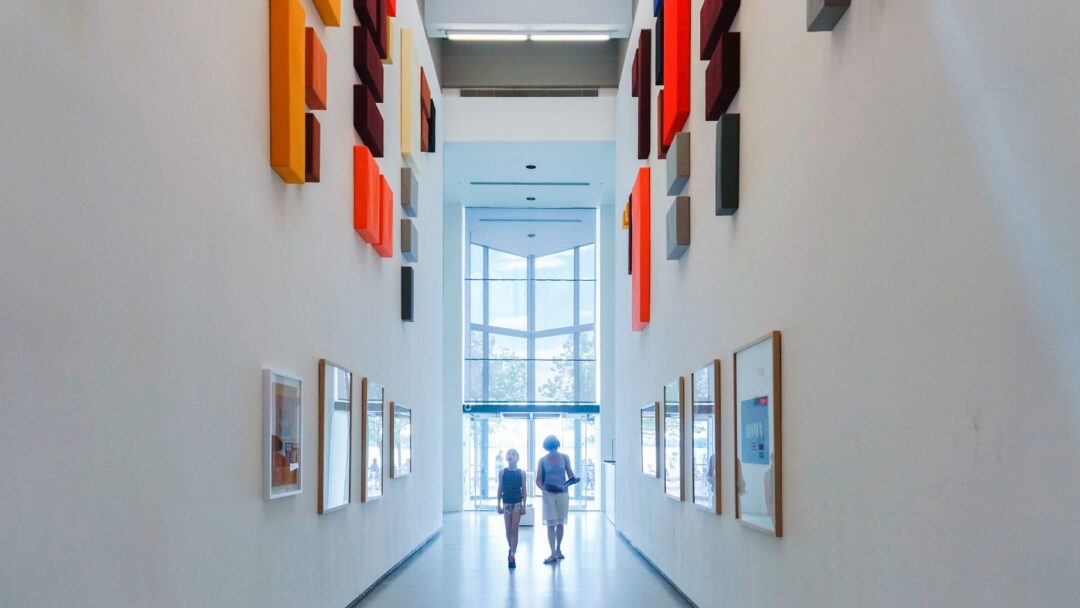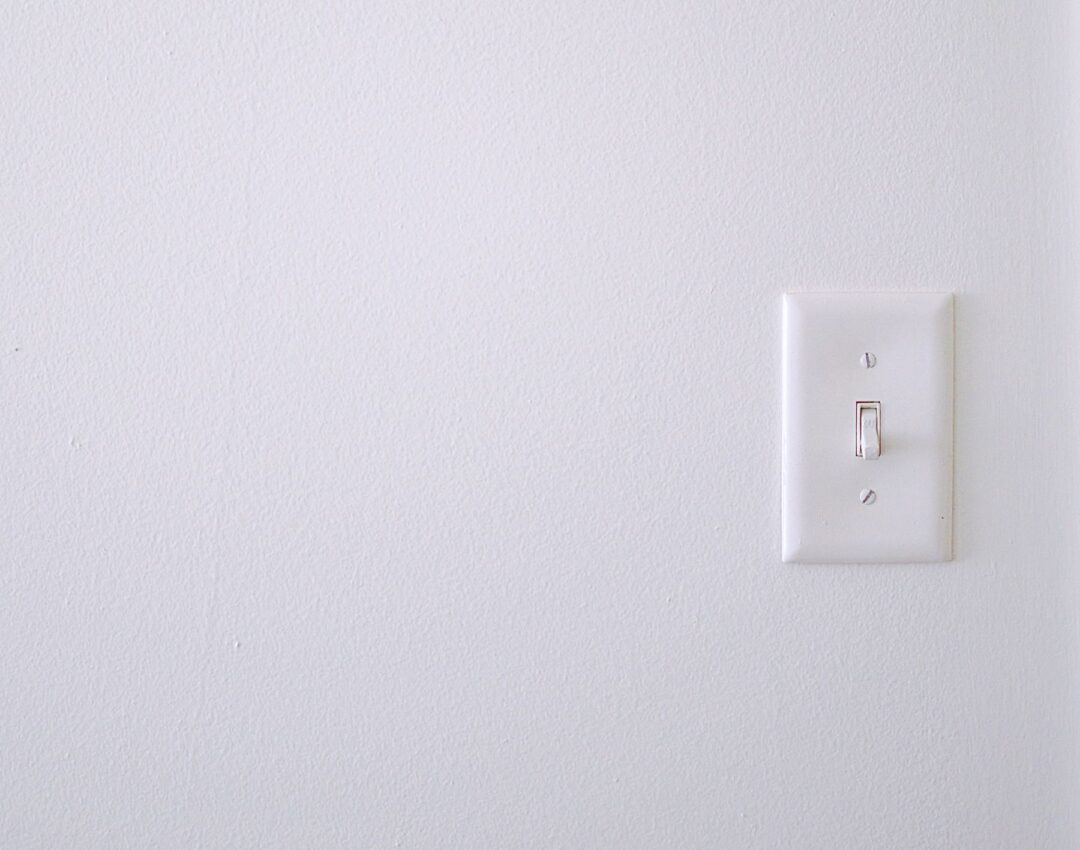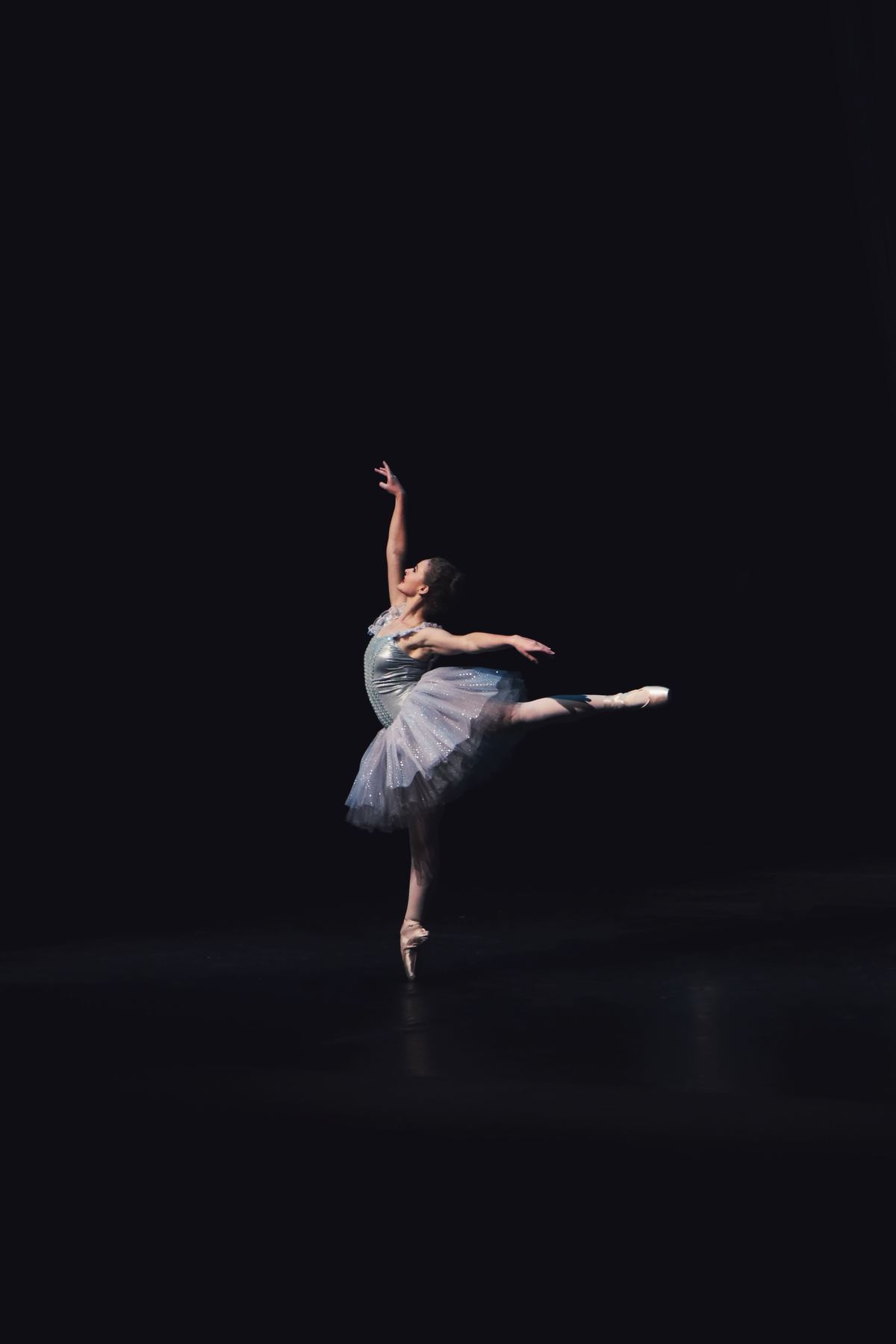Cabin fever shouldn’t quash teachers’ creativity


‘Cabin fever’ was how President Donald Trump chose to justify American citizens protesting lockdown restrictions on the steps of state capitol buildings in Austin, Lansing and Madison last week. Teachers are also feeling a little cabin fever right now: ours is brought on by a creeping sense of the life chances being denied to vulnerable students each week that schools remain closed. Mostly, we’re channeling that anxiety into more productive activities, such as planning how and when we can re-open. We’re right to do this, of course, but we are in danger of getting ahead of ourselves. Closed schools and distance learning are likely to be with us for some time. And there are both practical and pedagogical challenges to meet before we are likely to experience a return to normalcy.
Practically speaking, we don’t know how long the lockdown is likely to last. The UK may follow the example of Denmark and some German states and reopen schools relatively soon, perhaps after May half-term. (Hopefully, in a controlled way, to prioritise the needs of more vulnerable learners.) In this case, a focus on consolidation makes sense. Students will have missed six to eight weeks of formal schooling; serious, certainly, but comparable to the sort of learning loss that some students experience over the Summer or after prolonged periods of illness. We have tested strategies to address this sort of deficit. Responsible school leaders will be well-advanced on preparations to deploy those strategies.
But a ‘Denmark-style’ lockdown is only the most benign scenario. The most likely near-term future remains what Thomas Pueyo has called ‘the hammer and the dance’, a repeating cycle of relatively short, regional or national lockdowns followed by longer periods in which social distancing and other virus control measures remain in place, many with profound implications for how schools can operate. In this eventuality, remote learning will remain an essential part of students’ lives for many months, either as a substitute for or a complement to physically attending their schools. Putting new learning on-hold for this length of time should trouble everyone from school teachers to parents, to politicians.
My point about pedagogy is more optimistic. We are far from certain about the efficacy of different approaches to distance learning. There are established models that work well for students with high intrinsic motivation and well-developed study skills. The Open University springs to mind. There are fewer precedents for how we educate young people who rely on extrinsic motivators, who lack independent study skills or whose home lives are not conducive to learning. Reaching this group will be essential if we are to continue to advance a social mobility agenda.
Taking part in any peer discussion about remote learning over the past four weeks has been heartening and humbling. There has been an outpouring of creativity from teachers and school leaders in their attempts to support and engage students under conditions of national lockdown. With time for greater experimentation, we may considerably redefine what is possible through distance learning. This is one reason why initiatives such as Oak National Academy are so important. Now is not the time to dial back such initiatives.
There is a relatively nuanced statement that we can all accept: for most students, most of the time, schools, with their daily opportunities for personal interaction with skilled teachers and motivated peers, are simply better places to learn than homes. But this doesn’t mean that we shouldn’t do everything possible to engineer alternative learning experiences that challenge, excite and enrich. The benefits of this work may last a great deal longer than lockdown.









